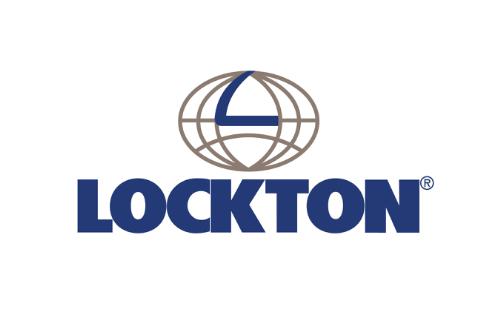Reinsurance returning to normalcy, but property risk pricing to rise: Lockton

Broking group Lockton anticipates that primary property insurance prices in the United States will continue to rise, even as the reinsurance market levels out after an influx of capital and recovering appetites from reinsurers.
In reinsurance, Lockton explains that, “Backed by abundant capacity, rates for reinsurance catastrophe coverage flattened during Jan. 1, 2024, treaty renewals. Capacity is similarly ramping up in the quota share market, where ceding commissions are leveling off to increasing.”
But with property risk underwriting a more individualised approach to coverage, Lockton anticipates continued rate increases, at least through the first-half of 2024.
“Buyers should be prepared for insurers to continue monitoring loss trends and applying significant underwriting scrutiny,” the Lockton property team state, noting that in contrast to reinsurance “capacity is limited in the more difficult risk market.”
Reinsurers became more comfortable with attachment points and pricing for catastrophe coverage, which was a key reason for the market “returning to normalcy” at the January 2024 renewals, compared to the challenges seen a year earlier.
Reinsurance market conditions are having a knock-on effect in property insurance, they explain, but so far it’s not sufficient to stop prices rising.
“While improving conditions in the reinsurance market are carrying over — to some degree — to the retail property insurance market, resulting in some rate deceleration, the reality is that property insurance rates are still rising for the vast majority of buyers,” Lockton’s brokers said.
Continuing to explain that, “Despite recent reinsurance market developments, conditions for buyers with significant catastrophe exposures, recent losses, or difficult occupancies remain challenging early in 2024.”
Account characteristics are going to matter, with some achieving rate reductions, others seeing prices still rising, dependent on loss histories and other factors.
“Policyholders may also be able to secure more favorable pricing in exchange for less desirable terms and conditions; conversely, more favorable terms and conditions may be available for an added price,” Lockton also explained.
With primary insurers now retaining more risk than they were in the past, thanks to the retrenching upwards and away from frequency in the reinsurance market, Lockton notes that insurers will continue to contemplate passing those costs onto policyholders.
“This is an important consideration for insurers as they continue to raise primary rates overall, albeit at a slower pace than in 2023,” the broker explained.
Insurers are also still concerned about catastrophe risk Lockton notes, in particular from so-called secondary perils, while valuations and inflation are also going to continue influencing US property risk pricing going forwards.
Given the challenging environment from a loss perspective that US primary insurers face, cheaper reinsurance will be a help, but may not be the lever they had benefited from during soft markets of the past.
It remains to be seen if market pricing may decouple somewhat, with reinsurance softening and primary rates still rising, or whether any price softening in reinsurance is sufficient to allow insurers to pass on those benefits to their policyholders, especially now they (insurers) hold onto so much more of the risk lower-down.






